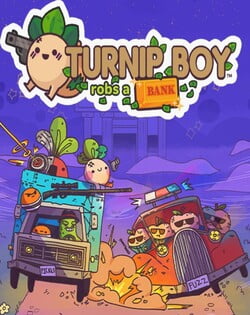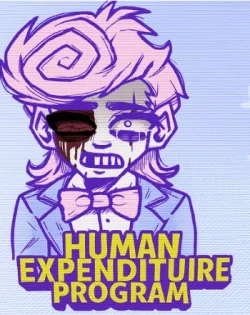
Sprunki Spikes
GAME INFO

The Economics of Free-to-Play Games – Sprunki Spikes Analysis
Sprunki Spikes represents the thriving genre of free-to-play games, where players can access the core experience without any initial cost. The model’s success has revolutionized the gaming industry, providing substantial revenue streams for developers while keeping player engagement high. The economics behind free-to-play games have proven to be sustainable, especially with the introduction of various monetization strategies.

What Makes Free-to-Play So Successful?
Free-to-play games, including Sprunki Spikes, have been able to maintain widespread appeal by eliminating barriers to entry. Gamers can download and start playing without upfront costs, leading to larger player bases and extended lifecycles for games. This model encourages viral growth, where players invite friends to join in, further expanding the audience. The success lies in attracting a wide demographic and using in-game purchases to generate long-term revenue.
Monetization Models: Microtransactions and Battle Passes
The core of the Sprunki Spikes economy, like many free-to-play games, is monetization through microtransactions and battle passes. Microtransactions allow players to purchase in-game currency, skins, or exclusive content. Battle passes, on the other hand, offer a structured way to monetize gameplay by providing rewards as players complete challenges or milestones. Both methods incentivize players to keep playing while offering meaningful content, which can greatly enhance the gaming experience.
Ethical Considerations: Pay-to-Win Mechanics
While free-to-play games like Sprunki Spikes can be profitable, they sometimes face criticism for implementing pay-to-win mechanics. These mechanics allow players who spend real money to gain in-game advantages, which can create an unfair playing field. Developers must balance monetization with fairness to avoid alienating non-paying players. Ethical considerations play a crucial role in the long-term success and perception of free-to-play games.
Success Stories: Fortnite and Genshin Impact
Fortnite and Genshin Impact are prime examples of how free-to-play games can achieve monumental success. Both games leverage microtransactions and battle passes to generate revenue while maintaining a loyal player base. These success stories highlight the effectiveness of free-to-play monetization strategies when executed well.
Sustainability of Free-to-Play Models
The sustainability of the free-to-play model, especially in titles like Sprunki Spikes, is grounded in ongoing updates and player engagement. Developers must continue providing fresh content and avoiding the pitfalls of exploitative monetization practices to ensure long-term player retention and profitability.

















